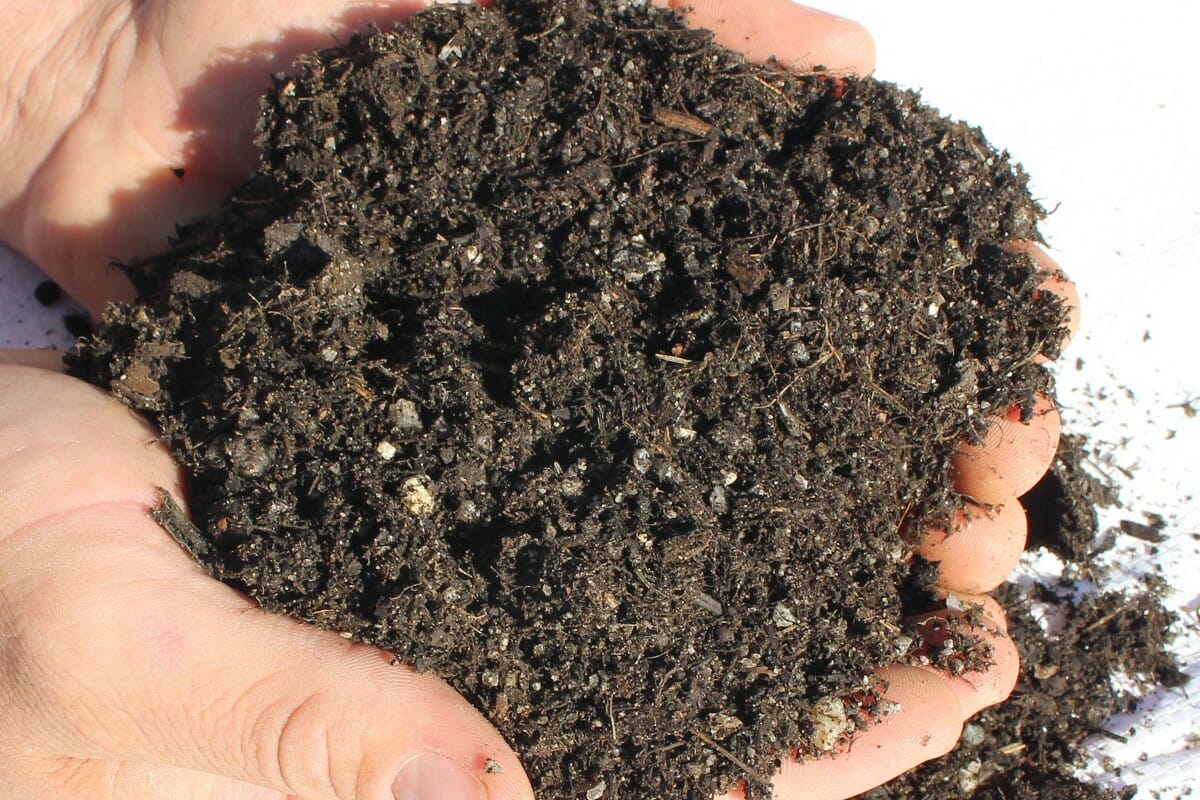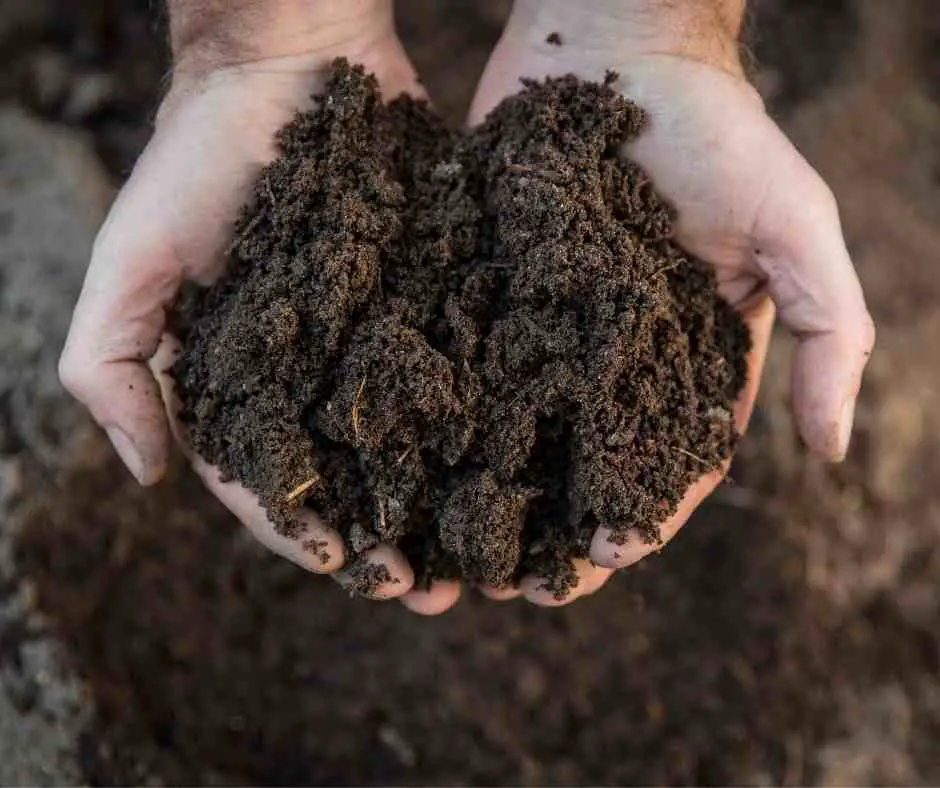Preferential path of electrical current in homogeneous and
Soil is generally considered heterogeneous due to its diverse components. It contains different-size d particles like sand, silt, and clay. Organic matter, minerals, and microorganisms further contribute to its heterogeneity. The variation in dirt's composition affects its physical properties.

(a) Homogeneous soil column; (b) Layered (heterogeneous) soil column
The solid components in the soil form its texture. One look at the texture will answer is soil a heterogeneous mixture. Most soils are a combination of three main textures: slit, clay and sand. There are soils made from a single texture, but they're less common and not practical. Check Out Self Watering Planter Benefits.

Is soil a element mixture or compound? Soil, Heterogeneous mixture
There are two types of mixtures: heterogeneous and homogeneous. Heterogeneous mixtures have visually distinguishable components, while homogeneous mixtures appear uniform throughout. The most common type of homogenous mixture is a solution, which can be a solid, liquid, or gas. Created by Sal Khan. Questions.

Is Soil A Heterogeneous Mixture?
Soil is a heterogeneous mixture because it is made up of a number of elements that can be physically separated from one another. While some soils, like clay, may appear homogeneous on a microscopic level, they are actually made up of many different organic and inorganic materials. The quantities of these elements will vary depending on whether.

Is Soil A Heterogeneous Mixture? All You Need To Know
Some mixtures that appear homogeneous at first glance are heterogeneous upon closer inspection. Examples include blood, soil, and sand. A homogeneous mixture can be a component of a heterogeneous mixture. For example, bitumen (a homogeneous mixture) is a component of asphalt (a heterogeneous mixture).

Why is Soil a Heterogeneous Mixture? [Explained] Grow Your Yard
Soil is a heterogeneous mixture as it contains several ingredients and they have different characteristics. The particles that are present in soil are not in the same proportion throughout the mixture and therefore, it is heterogeneous. To separate the ingredients, one needs to indulge in a chemical process.

Exploring the Heterogeneity of Soil for Gardening Enthusiasts Green Packs
However, when evaluated carefully, only 13 of them (Table 1) explicitly addressed the interaction between soil heterogeneity (including both homogeneous and heterogeneous distributions of soil resources with the same nutrient availability) and a GC driver (elevated atmospheric CO 2, N enrichment and changes in rainfall regime). Over 75% of.

Is Soil A Heterogeneous Mixture Or Homogeneous? Or Is It A Compound
Soil is the loose, weathered material covering much of the Earth's land surface. But is soil homogeneous or heterogeneous in nature? At first glance, the soil

Is soil a heterogeneous mixture? Country Anytime
To make the homogeneous and heterogeneous soil pH treatments comparable, we also added 36 g lime to the plots with homogeneous soil pH treatment. In this way, the total amount of lime added to the homogeneous and heterogeneous pH soil was equal. This was done twice a year, i.e. early during the growing season and after the harvest at the end of.

Is Soil a Heterogeneous Mixture? All You Need to Know
Yes, soil is a heterogeneous mixture. It is made up of different parts that have different chemical and physical properties. For example, sand, silt, and clay are all different parts of soil that have their own unique properties. Compared to other heterogeneous mixtures, soil is a relatively simple mixture.

Homogeneous Vs Heterogenous Mixtures MyWaterEarth&Sky
Dirt is heterogeneous. Dirt, also known as soil, is a complex mixture of minerals, organic matter, water, and air. These components are not evenly distributed thrughout the soil, resulting in a heterogeneous composition. Additionally, soil heterogeneity can be influenced by geological and pedological factors.

Homogeneous and Hetrogeneous Mixtures Definition, Examples Teachoo
This is where the soil types differ. So, to directly answer the question: soil is a heterogeneous mixture. Soil falls into the category of these types of mixtures because of the distinctive components that it has. In this case, it is a heterogeneous mixture because it contains many different types of particles that all possess individual.
:max_bytes(150000):strip_icc()/TC_606106-heterogeneous-and-homogeneous-mixtures1-5ac4f1a9642dca0036847e52.png)
Heterogeneous vs. Homogeneous Mixtures
Saltwater is a homogeneous mixture, or a solution. Soil is composed of small pieces of a variety of materials, so it is a heterogeneous mixture. Water is a substance. More specifically, because water is composed of hydrogen and oxygen, it is a compound.. Mixtures can be classified as homogeneous or heterogeneous. Elements and compounds are.

Pin by Madhvi Chanchlani on Grade 7 science Examples of mixtures, Fun
Saltwater is a homogeneous mixture, or a solution. Soil is composed of small pieces of a variety of different materials, so it is a heterogeneous mixture. Water is a substance; more specifically, because water is composed of a fixed ratio hydrogen and oxygen atoms, it is a compound.. Mixtures can be classified as homogeneous or heterogeneous.

is garden soil homogeneous or heterogeneous
Soil profile variation reflects the heterogeneity of the parent material as modified by soil processes. A homogeneous parent material such as loess may become more heterogeneous as time progresses, whereas a heterogeneous parent material such as glacial till or layered alluvium may become more homogeneous over time.

Sketch of rhizoboxes with a) heterogeneous soil profiles (P1) and
Soil is an essential implications for various agricultural, environmental, and engineering applications. This article will explore whether the soil can be classified as either homogeneous or heterogeneous, its characteristics, and more.